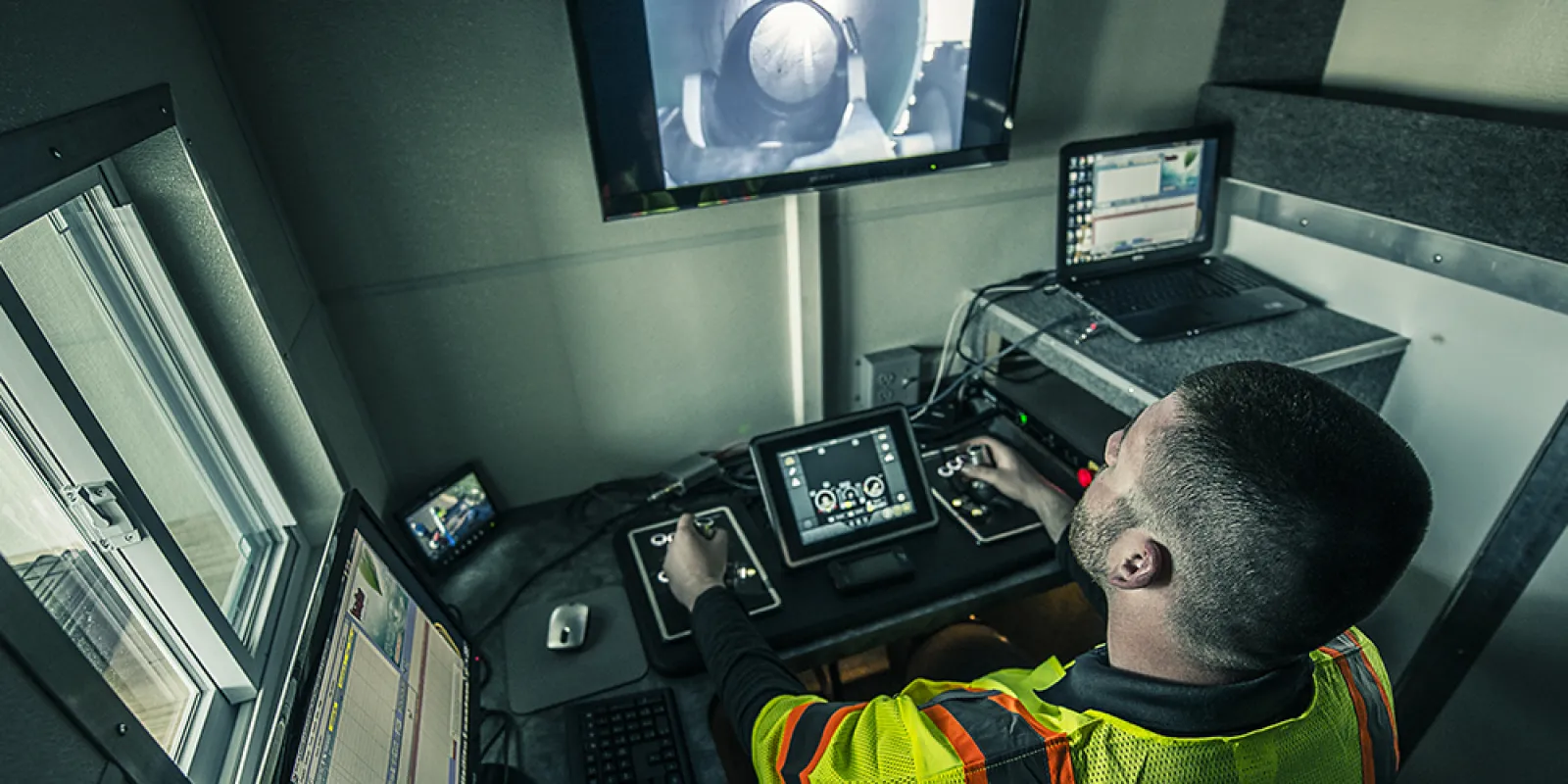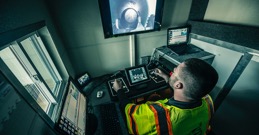

Monday, July 23rd 2018

While we are safer and more aware as an industry, there are still a number of utility locate accidents that occur every year—claiming lives, property and utility structures. As a result, cross bore mitigation has become a critical first step in private utility locating.
A cross bore is an intersection between an existing underground utility (or underground structure) and a second utility that results in direct contact between the utilities. Most alarming, though, a cross bore can compromise the integrity of one or both of the utilities, and potentially the entire underground structure.
While a cross bore can involve any type of utility, the most dangerous are natural gas lines bored through sewer lines. This is primarily because the sewer system provides a pathway for the gas to rapidly spread if the gas line is ruptured.
One of the most effective methods for identifying sewer lateral connections is camera technology. Today, leading private utility locators like Blood Hound employ robotic sewer cameras that can be navigated up through the lateral from a robot positioned in the main. These lateral launch camera systems allow a visual inspection of the sewer system and can also be used to physically mark the location of these lines at the same time.
Regardless of size, cross bores tend to have significant price tags associated with them. Small cross bore occurrences can cost in excess of $100,000, and the most expensive cross bore event on record had a total cost of $30 million! But thanks to lateral launch robotic cameras and ground penetrating radar technology, we’ve been able to greatly reduce the cross-bore accidents and keep contractors and the general public much safer.